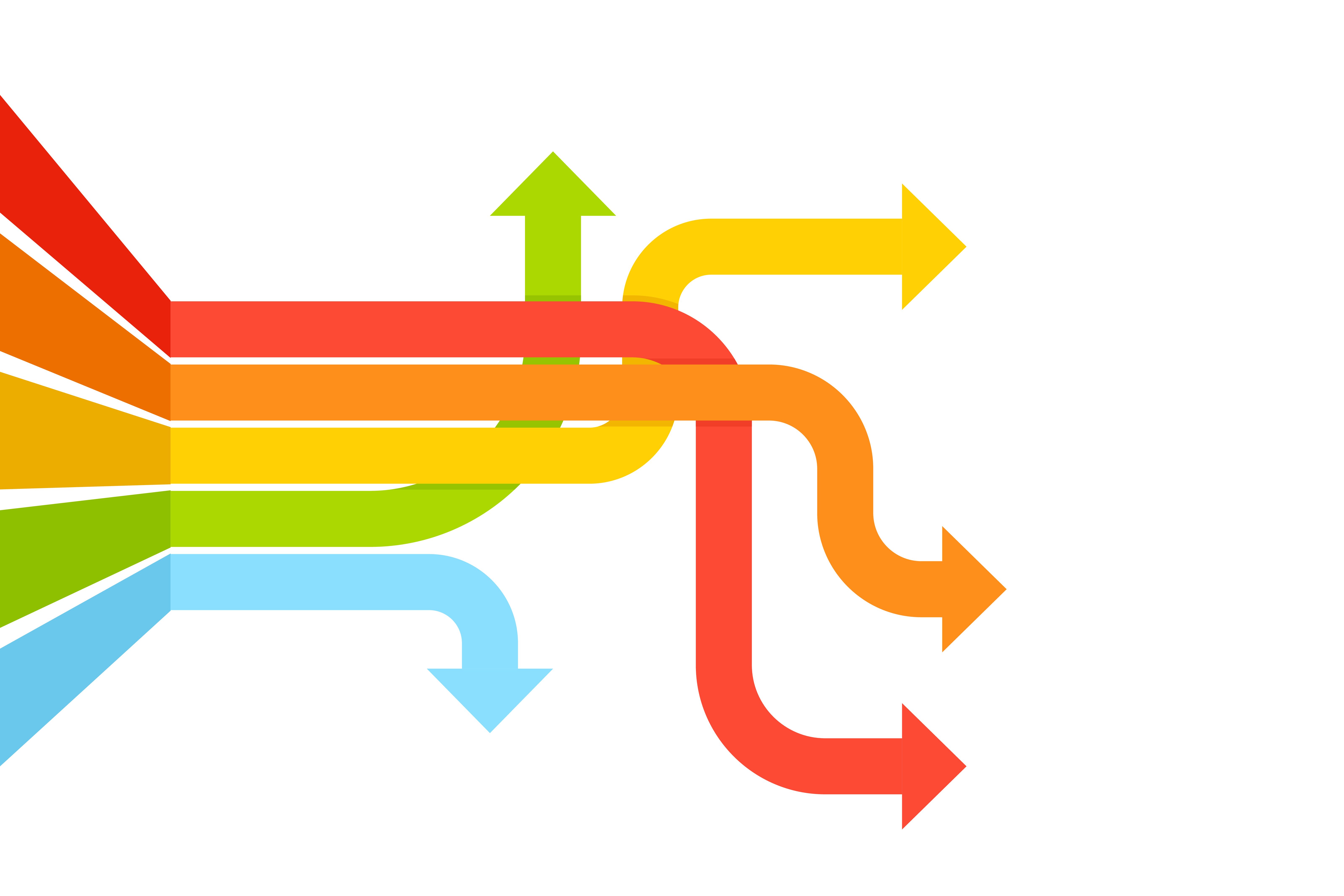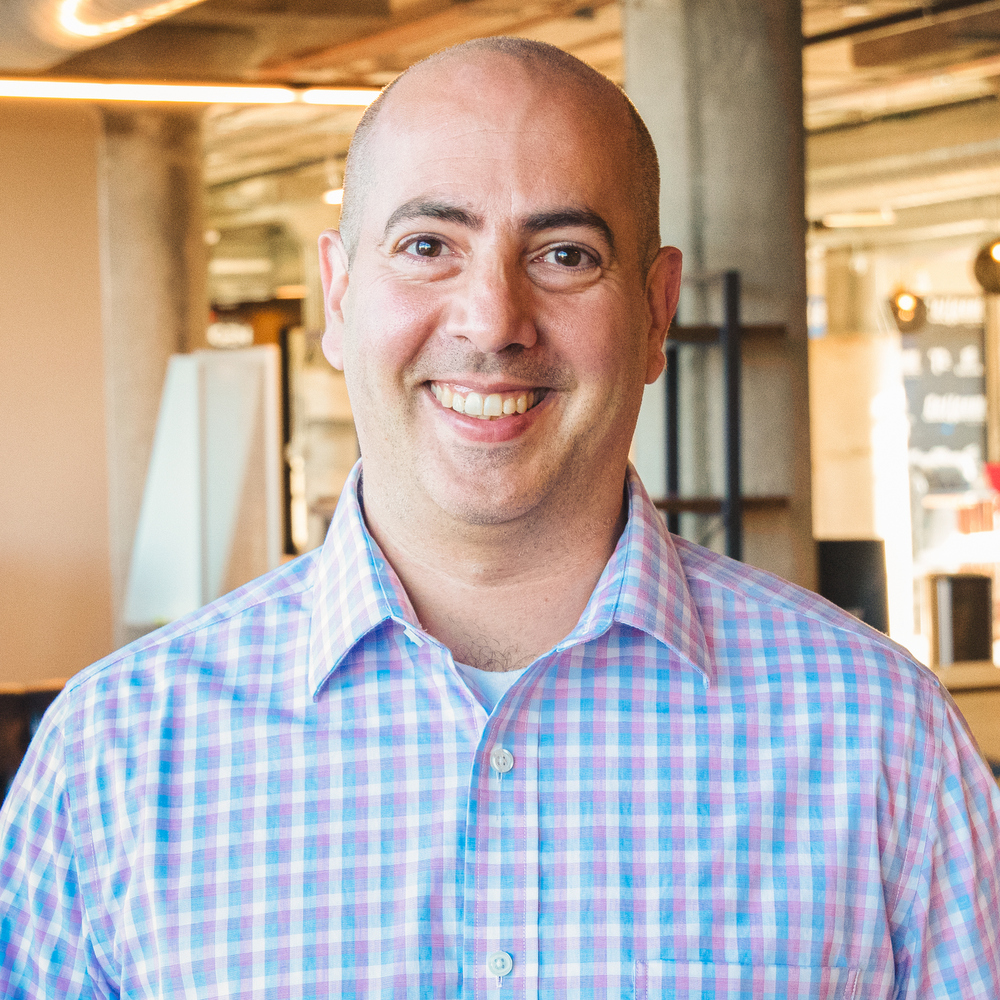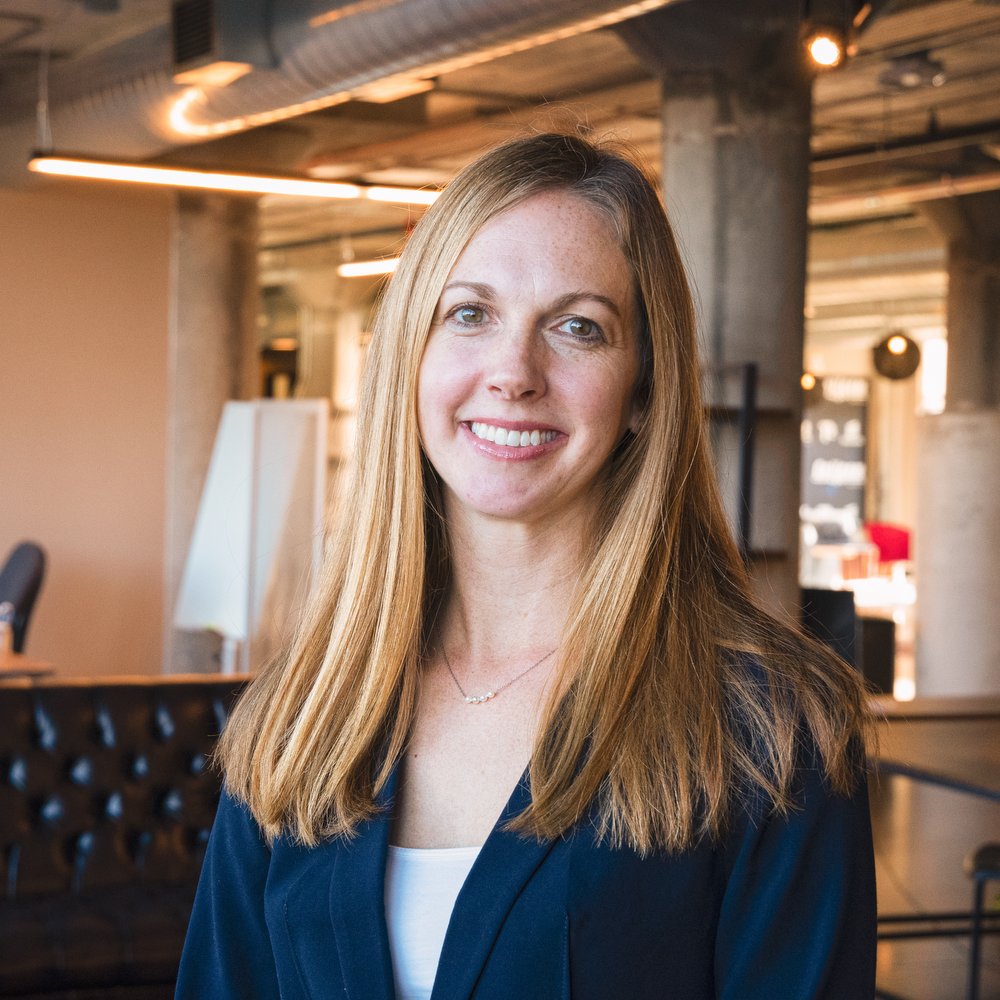At illumyx, we know that successful organizations need to be able to solve complex problems creatively and innovatively. However, the creative problem-solving process involves two distinct types of thinking that teams need to leverage – divergent thinking and convergent thinking.
Divergent Thinking: Generating Creative Solutions
Let’s start with divergent thinking. This way of thinking is all about generating multiple possible solutions or ideas without judging them. It’s focused on quantity over quality and letting the imagination run wild at first. Divergent thinking is the idea generation and “blue sky” phase.
To get a sense of what divergent thinking looks like, imagine this scenario: You give a team the task of coming up with as many uses as possible for a common object like a brick or a paperclip. The divergent thinkers will rapidly rattle off both conventional uses (“a brick for building a wall”) and more creative, out-of-the-box uses (“a brick could be used as a door stop” or “a paperclip as a mini-hanger for decorations”).
Connecting to the Big 5
According to research, there are certain personality traits that predispose people to be stronger divergent thinkers. Those who score high on the “openness to experience” dimension of the Big Five personality model tend to be better at divergent thinking. They have an intellectual curiosity and willingness to explore novel ideas. Lower scores on agreeableness and conscientiousness can also boost divergent thought through reduced concern for social norms and structure.
While divergent thinking allows you to explore a broad range of possibilities, you can’t stop there when solving real business problems. You need to transition to convergent thinking – analyzing, critiquing, and refining all those initial ideas down to the best, most practical solution.
Convergent Thinking: Evaluating Practical Solutions
Convergent thinkers are strong at applying logic, recognizing patterns, and making rational evaluations on which ideas have the highest probability of success. They ask the tough questions: Is this idea truly feasible to implement? What are the potential roadblocks or consequences? Does it align with our strategy and satisfy the key requirements?
Research has found that high scorers on the agreeableness personality trait are often gifted convergent thinkers. Their ability to consider ideas from multiple perspectives and think about how it will impact others helps narrow down to the most sensible solution.
While divergent thinking feels more fun and freewheeling, convergent thinking is where the hard work of creative problem solving happens. It requires more focus, discipline, and attention to detail.
Integrating Convergent and Divergent Thinking
At illumyx, we recommend explicitly separating these two stages when leading teams through creative problem solving. First, run activities and create an environment optimized for divergent thinking – letting the ideas flow without criticism. Then, transition to a separate phase where you apply convergent thinking processes to critically assess, build upon, and ultimately converge on the ideas that are most viable.
The human mind doesn’t naturally toggle between these two modes of thinking easily. That’s why it is crucial to separate the divergent and convergent stages of problem-solving. Trying to judge ideas for feasibility while you’re still generating them can shut down creativity.
Likewise, continuing to explore new possibilities once you’ve already decided on your best option will lead to a lack of focus. Deferring that convergent evaluation until after a rich pool of ideas has been generated gives teams’ permission to think more freely and expansively first.
By developing an understanding of divergent and convergent thinking styles, you can unlock creative potential within your teams. Embrace activities and processes that give both mindsets their time to shine during problem-solving. With diverse perspectives contributing at the right stages, you’ll be able to generate innovative solutions that drive your business forward.
To learn more about the creative process, listen to Episode 10 of the Connecting the Dots podcast with our Founder, Steve Utech, and Ryan Gracyalny. If you want to take a Big Five assessment yourself, check out illumyx’s Behavior & Personality Insights or email us at contact@illumyx.com.





